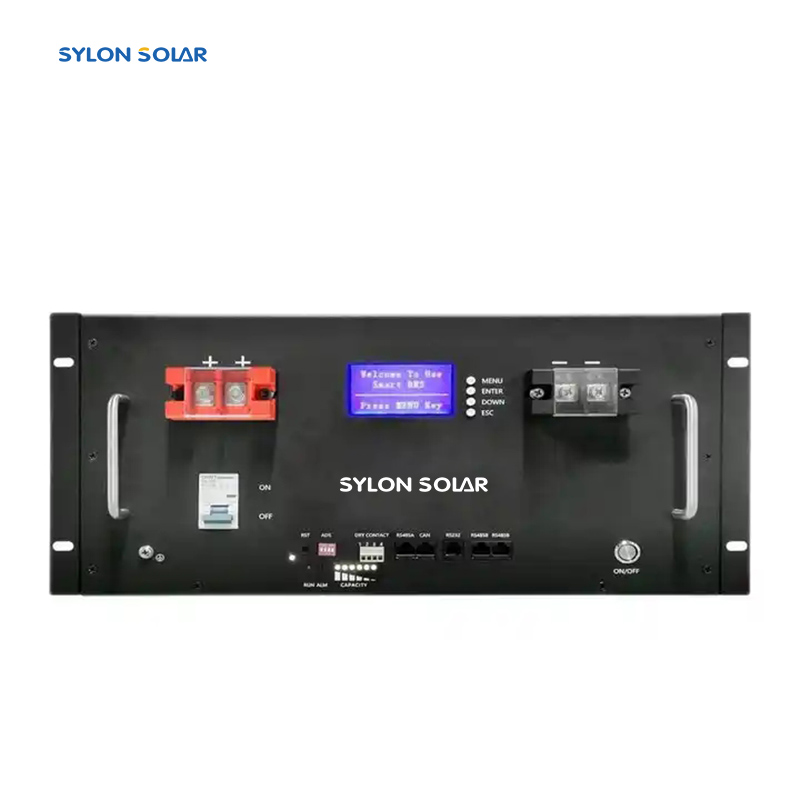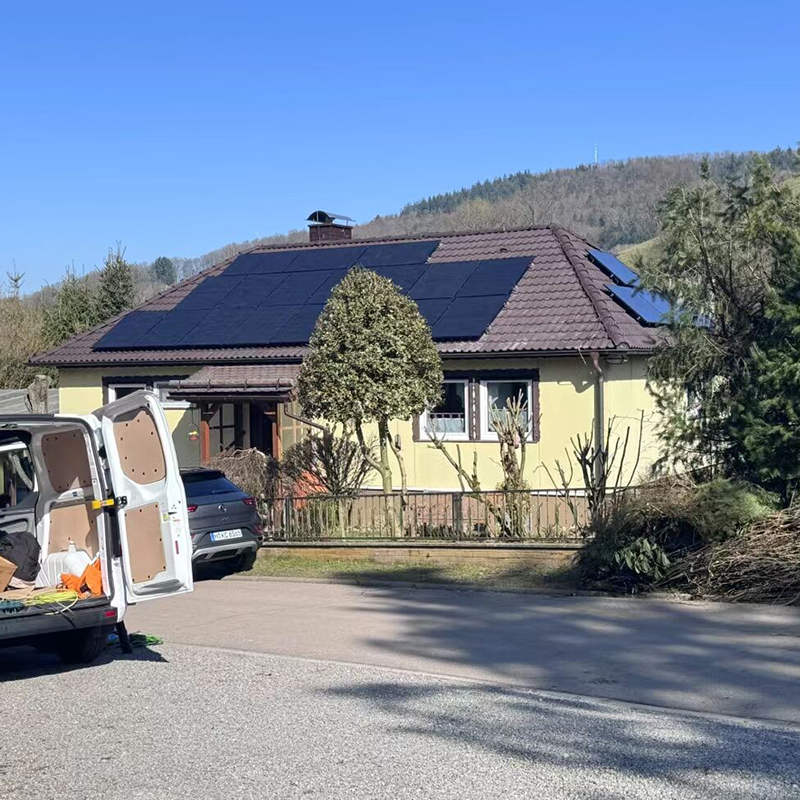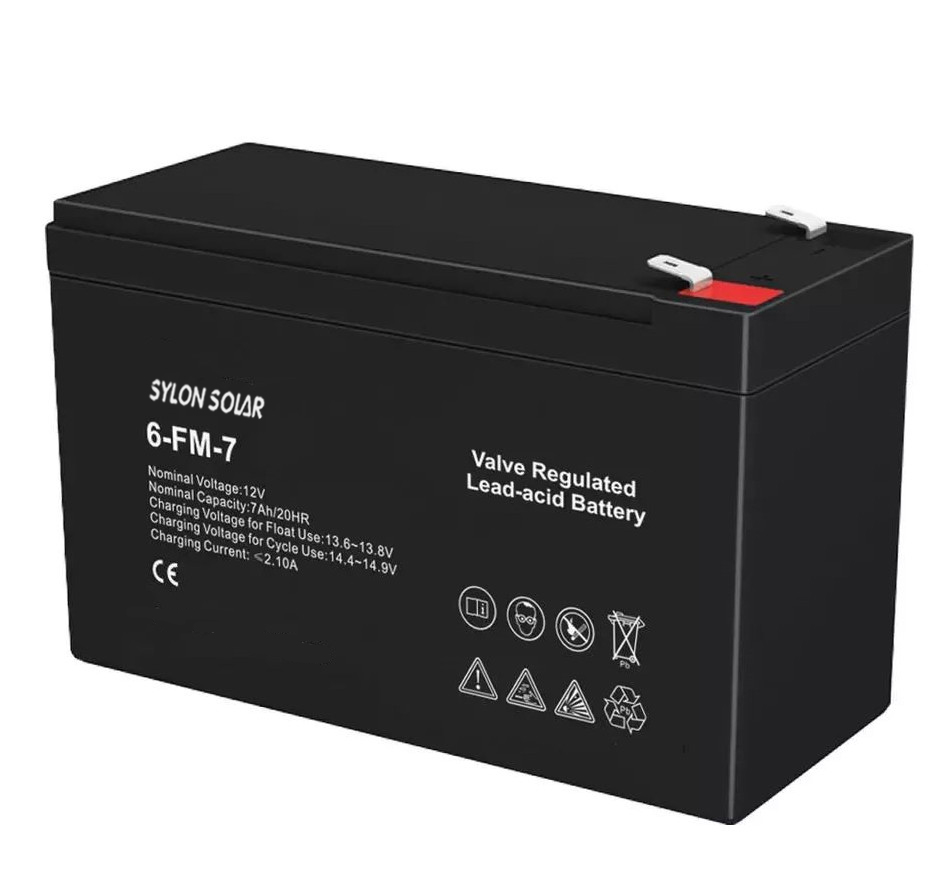Commercial and industrial energy storage is undergoing large-scale implementation and has become an important means for enterprises to achieve sustainable development and economic benefits, as well as address the drawbacks of photovoltaic (PV) power generation. The integration of commercial and industrial PV systems with energy storage is becoming a trend.
With the increasing construction and application of commercial and industrial PV power generation systems, PV technology is being embraced and accepted by more people. However, the drawbacks and limitations of PV power generation systems are also becoming more evident. In addition to the inherent instability and intermittency of PV power generation, another significant drawback of grid-connected PV systems is that even with ample sunlight, the grid-tied inverters cannot start and cannot provide power to residential areas or businesses when the grid experiences a blackout.
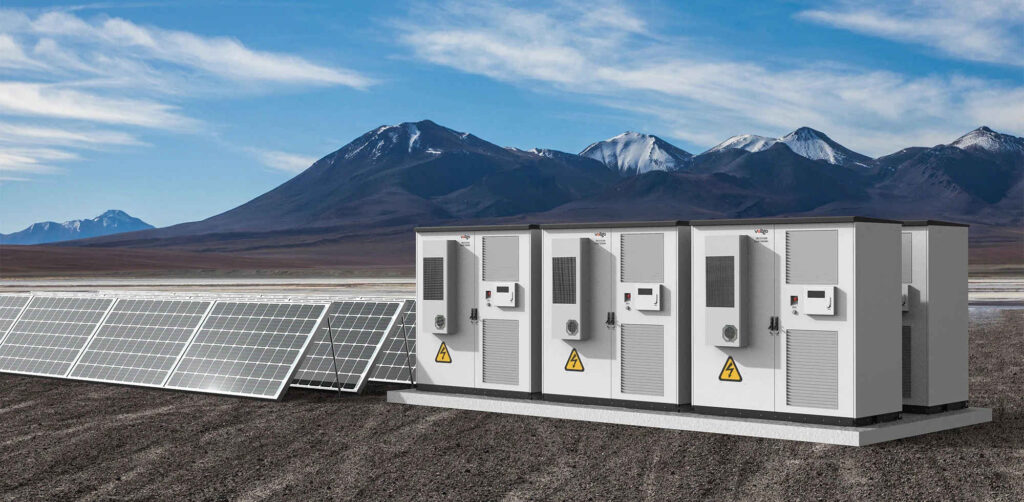
This is because the inverters used in grid-connected power generation systems are grid-tied inverters. Besides their technical functions of synchronizing with the grid frequency, voltage matching, and preventing islanding operation, another important protective feature of grid-tied inverters is that they cannot operate in island mode during grid outages. However, most commercial and industrial users still want their rooftop PV systems to continue generating power and provide electricity to critical loads in their facilities during grid outages. This desire can actually be achieved through the adoption of commercial and industrial PV energy storage integrated systems.
Commercial and industrial PV energy storage integrated systems can be divided into two types: DC-coupled and AC-coupled systems. Among them, the DC-coupled system is suitable for newly installed commercial and industrial PV energy storage systems. It uses a PV and energy storage integrated machine design, which has a simple structure and only requires one inverter to handle both PV power generation and energy storage charging and discharging applications.
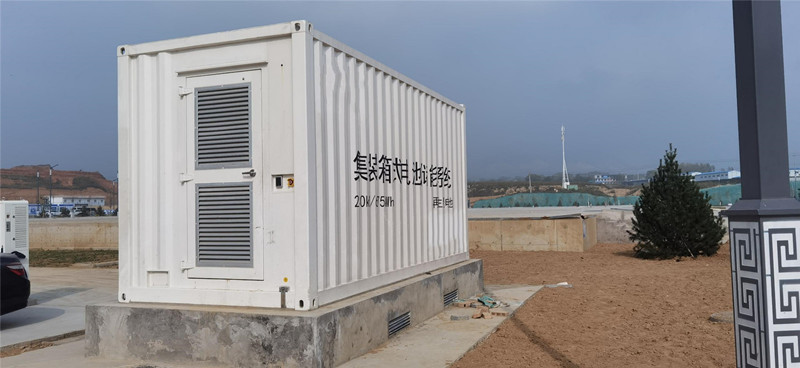
AC-coupled systems, on the other hand, are suitable for commercial and industrial PV grid-connected power generation systems that require the addition of energy storage facilities. In this case, an energy storage inverter is added on the AC side in addition to the existing grid-tied inverter. The grid-tied inverter and the energy storage inverter work together to ensure stable and reliable power supply for commercial and industrial purposes.
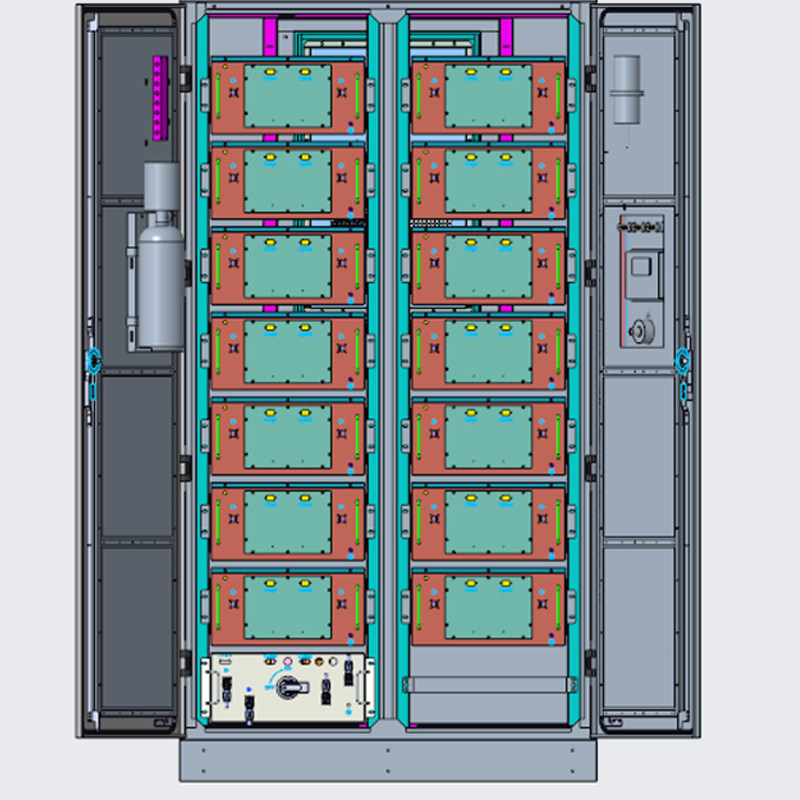
The PV energy storage integrated system is a combination of photovoltaic (PV) power generation and energy storage. This system enables independent and autonomous power generation, free from the limitations of the traditional grid. It can be flexibly adjusted and managed according to actual needs, catering to different electricity demands. The system can be controlled and managed through simple manual control or by utilizing an intelligent automated Energy Management System (EMS). It not only allows for grid-connected power generation but also operates independently even during grid outages.
Under normal conditions, the system functions similarly to a typical grid-connected PV power generation system. It can directly integrate the generated electricity into the internal grid. Besides meeting the self-consumption needs, excess power can be stored in battery energy storage systems or exported to the external grid. However, in the event of a grid outage, the Energy Management System (EMS) issues instructions to disconnect from the main grid, forming an isolated microgrid system. Then, the EMS sends a start command to the energy storage inverter, initiating energy generation from storage to supply the internal load. Subsequently, the PV power generation system automatically switches to grid-connected mode.

Against the backdrop of accelerating the low-carbon transition and promoting the “dual-carbon goals,” the development and utilization of renewable energy have received rapid and extensive growth, driven by national encouragement and market dynamics. Commercial and industrial photovoltaic (PV) power generation has seen significant progress. By utilizing the rooftops of buildings such as enterprises, schools, hospitals, shopping malls, office buildings, hotels, commercial centers, and industrial facilities, PV power generation systems are constructed in a distributed grid-connected manner. This allows for self-consumption, surplus electricity export to the grid, or full grid connection. This approach not only greatly enhances local energy absorption capabilities and alleviates pressure on the power grid but also substantially reduces the electricity expenses for installation owners.
Integrating commercial and industrial PV power generation with energy storage enhances the stability and reliability of PV power generation. Even during grid outages, it can continue to meet the internal power demands of enterprises. Commercial and industrial PV investments entail relatively low risks and offer stable returns, which has led to increasing favor from investors. Commercial and industrial PV energy storage integrated systems are becoming a widely adopted solution for PV power generation, presenting a comprehensive and reliable approach.
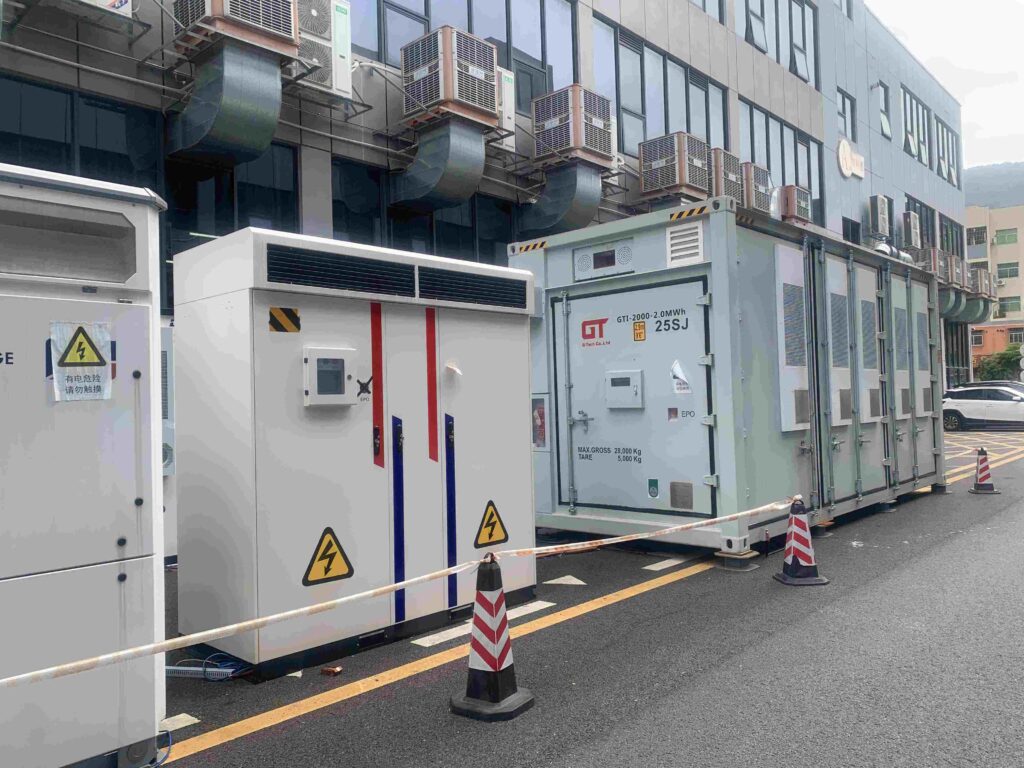
Commercial and industrial PV energy storage integrated systems possess characteristics such as decentralization, autonomy, and reliability. They reduce reliance on traditional energy sources, alleviate pressure and load on the power grid, and mitigate the challenges of energy supply shortages. These systems save energy investment costs for users and provide more reliable and stable power supply, effectively addressing issues related to power faults and outages. This helps avoid losses in operations and production caused by power outages.
In summary, commercial and industrial PV energy storage integrated systems offer an efficient, reliable, and environmentally friendly solution for power generation, with extensive application prospects. With continuous technological advancements and cost reductions, it is believed that these systems will play a more significant role in the field of commercial and industrial power supply.


